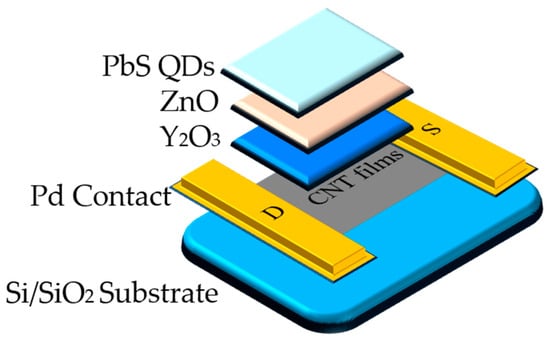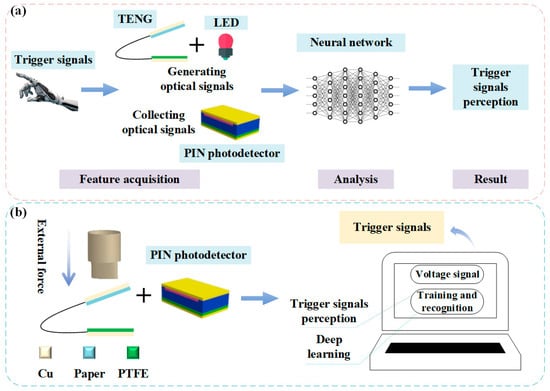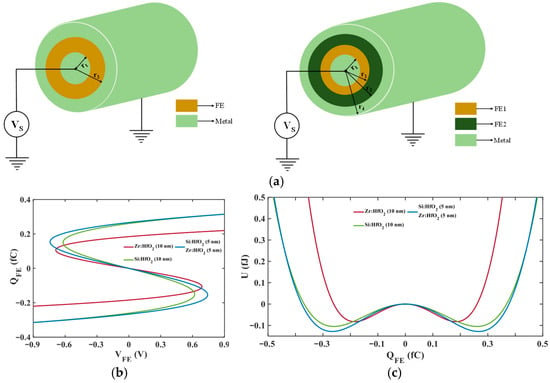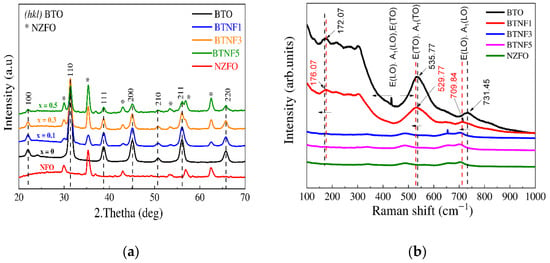- Article
Image Enhancement Algorithm and FPGA Implementation for High-Sensitivity Low-Light Detection Based on Carbon-Based HGFET
- Yi Cao,
- Yuyan Zhang and
- Zhifeng Chen
- + 4 authors
To address the issues of insufficient responsivity and low imaging contrast of carbon-based HGFET high-sensitivity short-wave infrared (SWIR) detectors under low-light conditions, this paper proposes a high-sensitivity and high-contrast image enhancement algorithm for low-light detection, with FPGA-based hardware verification. The proposed algorithm establishes a multi-stage cooperative enhancement framework targeting key challenges such as low signal-to-noise ratio (SNR), high dark-state noise, and weak target extraction. Unlike traditional direct enhancement methods, the proposed approach first performs defective row-column correction and background noise separation based on dark-state data, which provides a clean foundation for signal reconstruction. Furthermore, an adaptive gamma correction mechanism based on image maximum value is introduced to avoid unnecessary nonlinear transformations in high-contrast regions. During the contrast enhancement stage, an exposure-constrained adaptive histogram equalization strategy is adopted to effectively suppress noise amplification and saturation in low-light scenes. Finally, an innovative dual-mode threshold selection method based on image variance is proposed, which can dynamically integrate the OTSU algorithm with statistical moment analysis to ensure robust background noise separation across both high- and low-contrast scenarios. Experimental results demonstrate that the proposed algorithm significantly improves target contrast in infrared images while preventing detail loss due to overexposure. Under microwatt-level laser power, background noise is effectively suppressed, and both imaging quality and weak target detection capability are substantially enhanced.
2 December 2025





